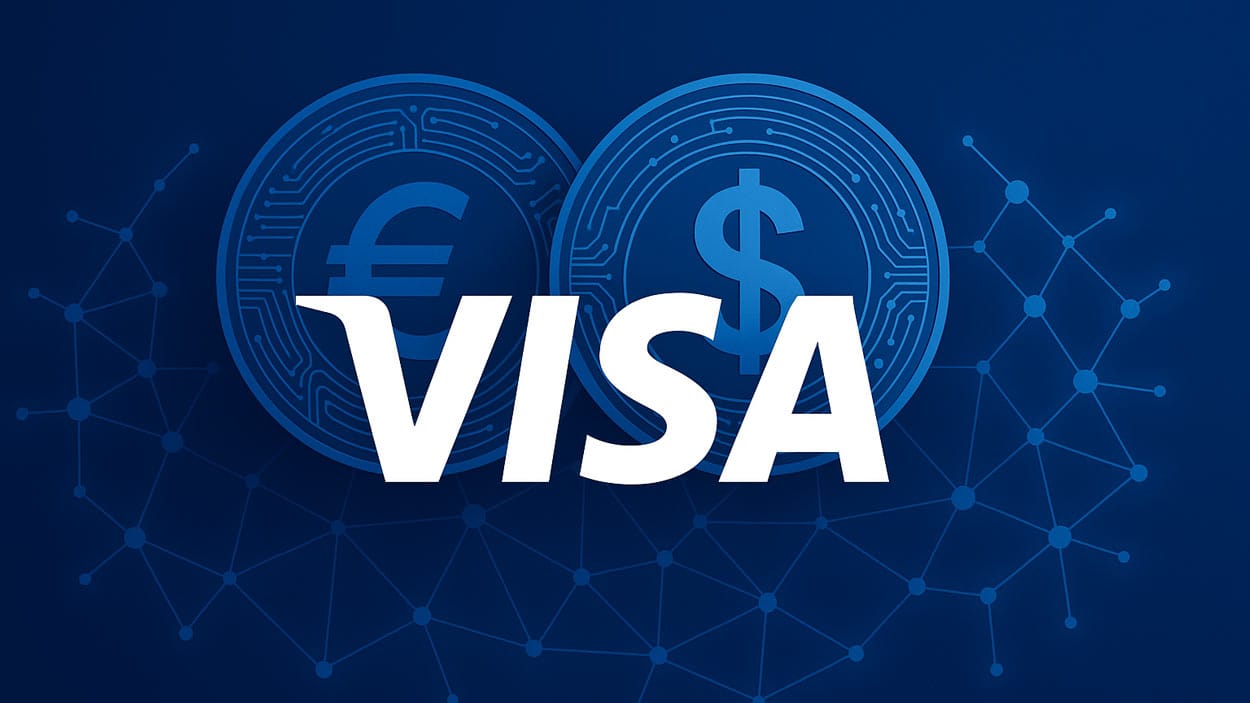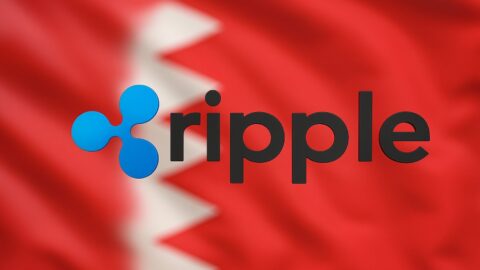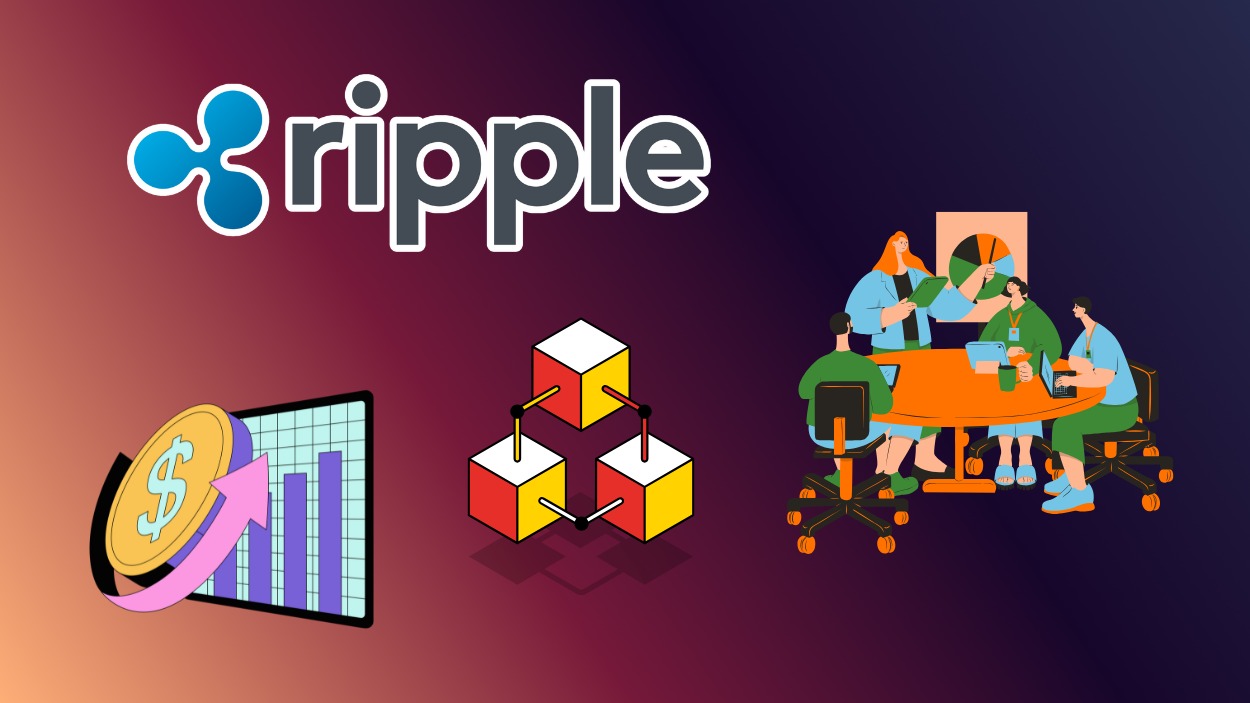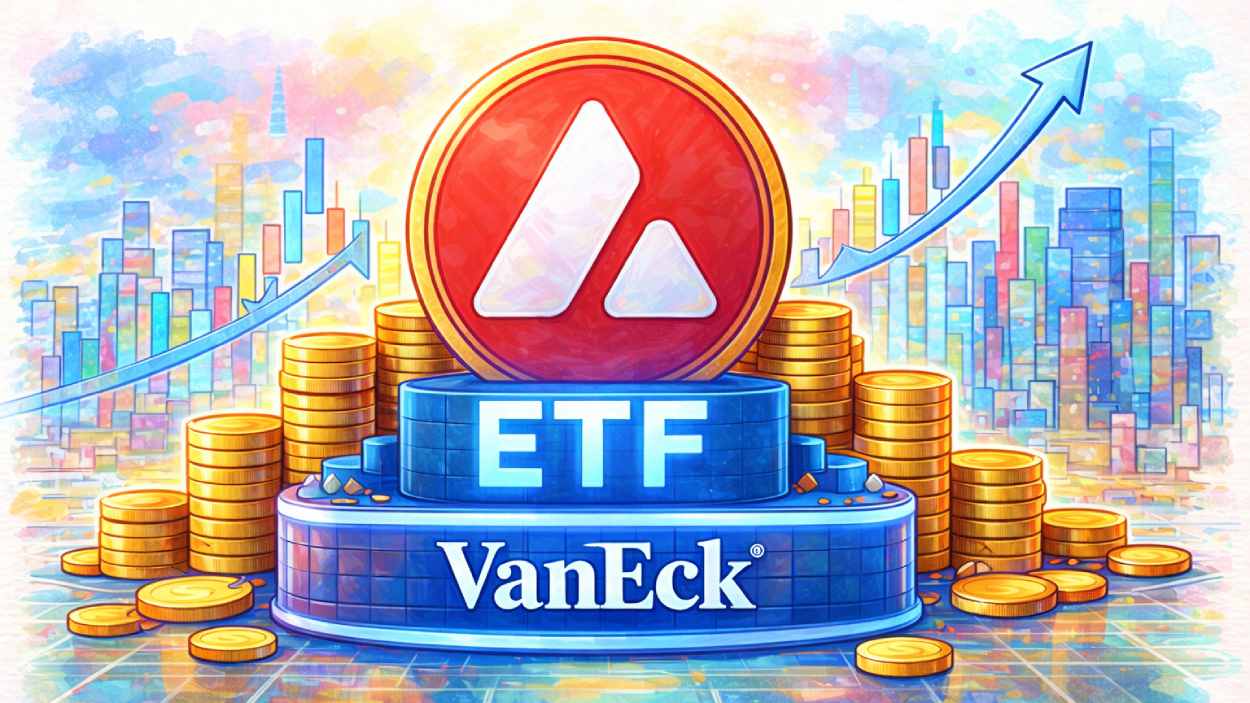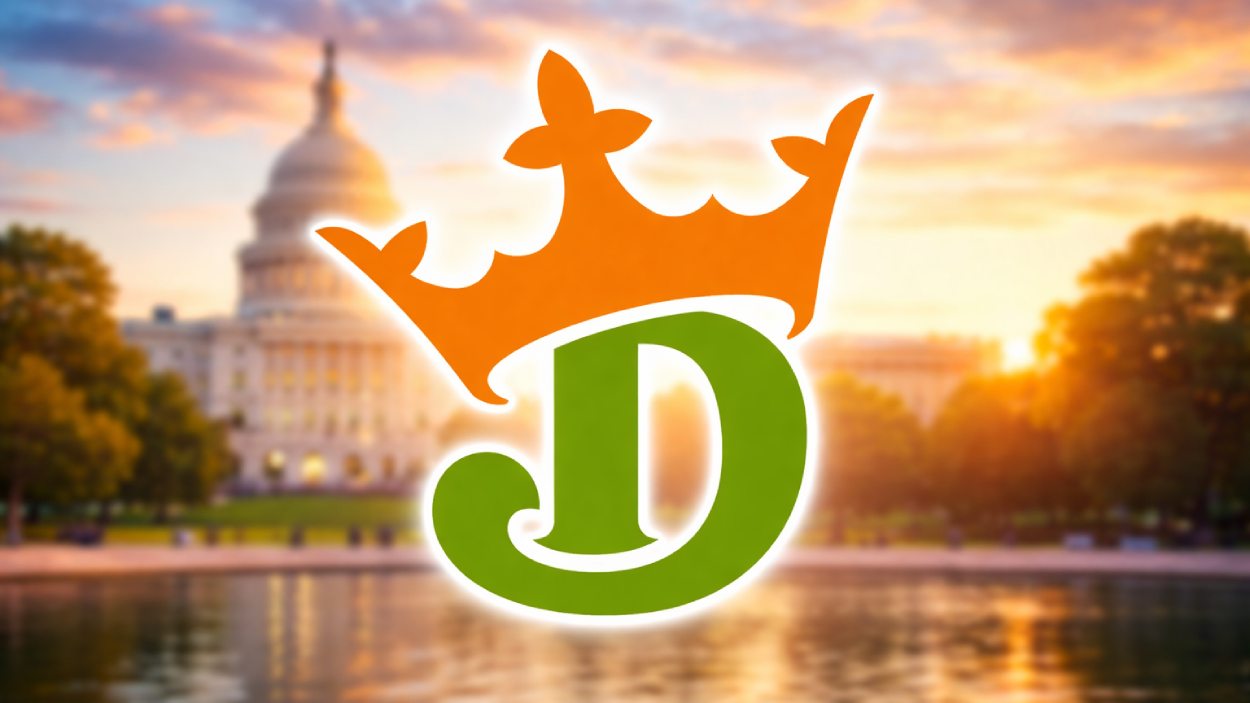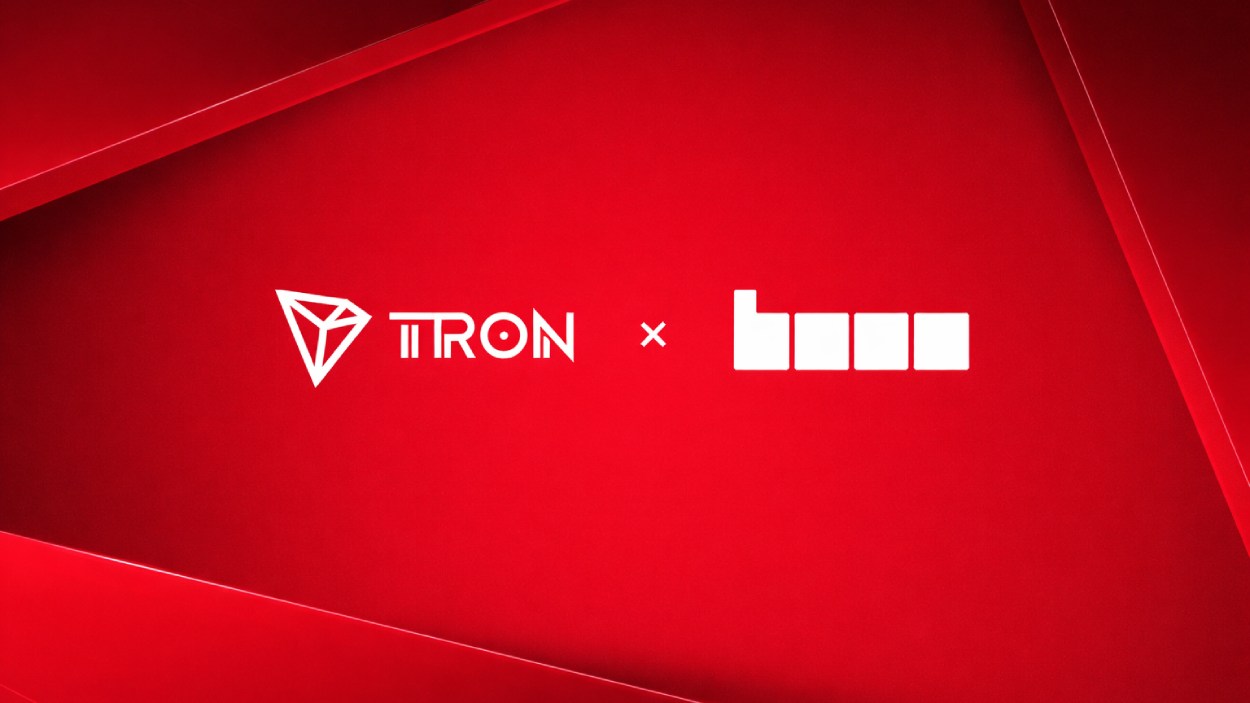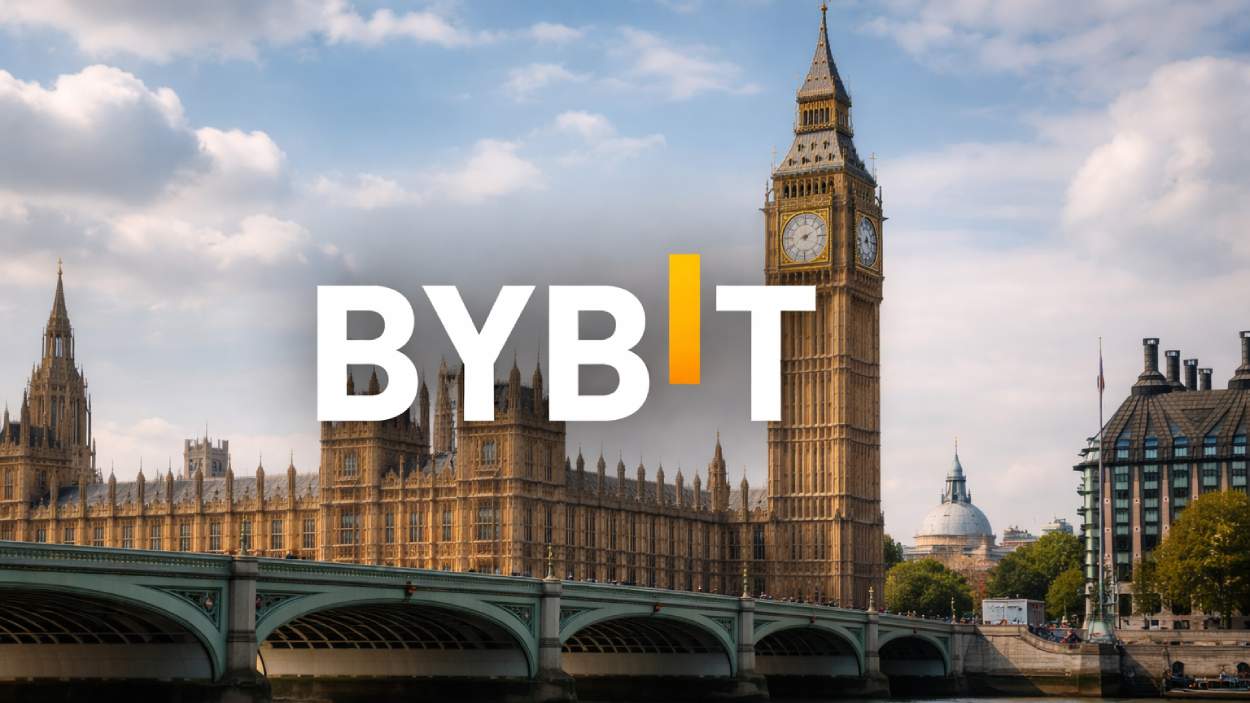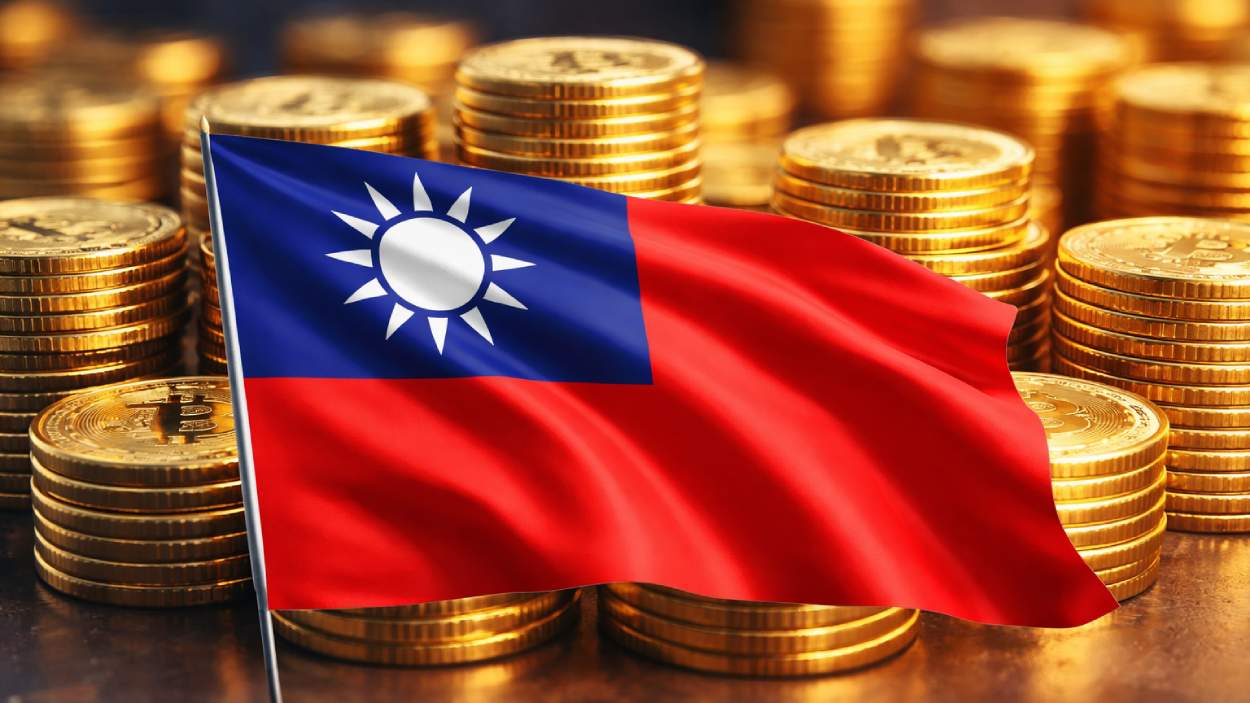Visa has expanded its stablecoin settlement platform, adding three new stablecoins and two new blockchains to boost its digital payments network.
Key Takeaways
- 1Visa now supports PYUSD, USDG, and EURC for blockchain-based settlements.
- 2Stellar and Avalanche are joining Ethereum and Solana on Visa’s network.
- 3Partners can now settle transactions in USD and EUR stablecoins across four chains.
- 4The expansion aligns with growing demand for cross-border blockchain payments.
What Happened
In the official statement from VISA, has expanded its stablecoin settlement infrastructure to include PayPal USD (PYUSD), Paxos-issued Global Dollar (USDG), and Circle’s EURC. In addition, the payments giant has integrated Stellar and Avalanche, bringing its blockchain support to four networks alongside Ethereum and Solana.
Visa Adds PYUSD, USDG, and EURC to Its Settlement System
The expansion significantly broadens Visa’s digital currency offerings. PYUSD, issued by Paxos on behalf of PayPal, is now supported, giving Visa partners another USD-backed settlement option alongside USDC. USDG, part of the Global Dollar Network, also joins the platform to enhance dollar-based cross-border payments.
Notably, Visa has added EURC, a euro-backed stablecoin from Circle, marking the first time its settlement platform supports a non-USD stablecoin. This move allows select partners to settle transactions in both dollars and euros, improving flexibility for international merchants and fintechs.
Visa’s head of growth products, Rubail Birwadker, emphasized that the company is building a multi-coin, multi-chain foundation to meet global needs. He said, “We believe that when stablecoins are trusted, scalable and interoperable, they can fundamentally transform how money moves around the world.”
Multi-Chain Expansion with Stellar and Avalanche
Alongside new stablecoins, Visa has integrated Stellar and Avalanche into its blockchain network. This move enhances transaction speed, network diversity, and scalability, providing clients with four network options for settlement.
Cuy Sheffield, Visa’s head of crypto, highlighted that the company is responding to growing demand for onchain settlement. By supporting multiple blockchains, Visa aims to give partners more flexibility in choosing how and where to process payments.
The inclusion of Stellar and Avalanche also reduces dependency on Ethereum alone and supports a resilient, redundant multi-chain system for future growth.
Regulatory Backing and Market Implications
Visa’s move comes shortly after the GENIUS Act became law in the United States, providing clear regulatory guidelines for stablecoins. This legal clarity is fueling market optimism, with analysts projecting the stablecoin market could grow beyond $2 trillion, up from about $273 billion today.
The company has already processed hundreds of millions of dollars in stablecoin transactions and is moving beyond pilot programs. Stablecoin integration is now a core part of Visa’s strategy, bridging traditional finance and blockchain-native payments.
Industry observers note that Western Union and other major payment providers are also exploring stablecoin-powered payment systems, signaling mainstream adoption is accelerating.
CoinLaw’s Takeaway
I think this is Visa’s boldest step yet into the crypto payments world. By supporting multiple stablecoins, two currencies, and four chains, Visa is basically future-proofing its network. For merchants and fintechs, this is a huge win. Faster cross-border payments, fewer banking bottlenecks, and options to settle in USD or EUR stablecoins are exactly what crypto adoption needs.
If you ask me, this move confirms that stablecoins are not just a crypto experiment anymore. They are becoming the backbone of the next-generation payment system, and Visa is making sure it stays ahead of the curve.
Hover or focus to see the definition of the term.

